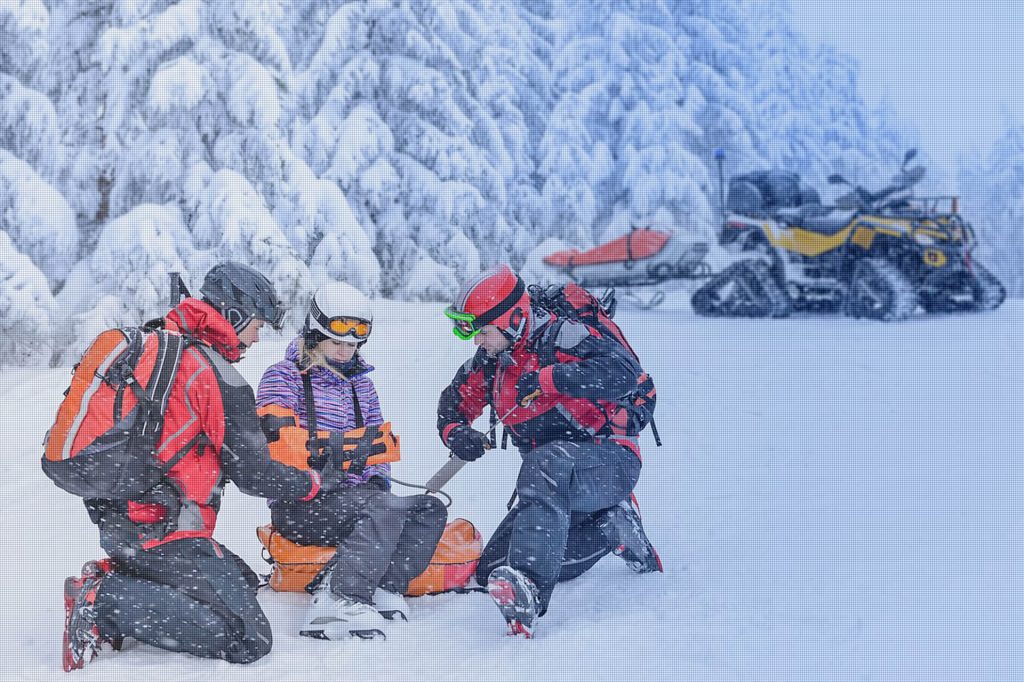Skiing, the centerpiece of all winter outdoor sports, is at a high risk of injury because of its high speed. In fact, a recent accident occurred when a teenager and a snowboarder collided with each other. According to the National Security Agency, an annual average of 5.73 million people visited the ski resort from 2012 to 2016, and 11,141 people were injured.
The cause of the accident was 62 percent (6,300) of the individual carelessness, followed by 23 percent (2,311). The number of accidents was 55 percent (5,596) and 43 percent (4,327) of accidents. If you are skiing with excitement without enough preparation, you are likely to get injured. If you are exposed to cold winds for a long time, you may get frostbite.
Recently, the incidence of leg fractures has decreased due to the development of ski boots and binding technology, but the injury of the knee ligament is increasing as the boots become harder. “It is important to have a hat or gloves that can relieve the impact because most of the ski injuries occur when you fall,” said Lee Sang-jin, director of the joint center at the Seweum Hospital.
Ski injury is the most frequent occurrence at around 3:00 p.m. when fatigue is the most severe, and the temperature is rising, and the snow slowly melts, resulting in a decrease in ski recovery power and a decrease in physical strength. If you go up to a slope with a higher level than your own level, the risk of injury will rise further, so you have to figure out the difficulty.
If you are injured, go to the edge of the slope and ask for help. If you can not move because of pain, you should unbind it, wait for the rescue team, or tie the pole to the injured area with a handkerchief.
“In the ski area, there is a lot of ultraviolet reflection due to the snow, which can cause skin aging and pigmentation,” said Lee Sang-jin.
10 Rules for the Prevention of Ski Resort Injury
1. Check all equipment after the season starts every year and after skiing 15 to 30 times.
2. It is good to do enough preparation for exercise before riding.
3. The beginner does not ski if the slope is bad or the weather is bad.
4. Make sure you choose the slope that fits your skills.
5. Read the signs in the ski area well and identify the location of the patrol and call in case of an emergency.
6. Do not suddenly stop where the person following can not see it.
7. Be especially careful where the slope meets or where there are many people.
8. You don’t ski at high speed on beginner slopes.
9. Do not ski after drinking or taking medication.
10. When you are tired, you don’t ski. In the afternoon when fatigue accumulates, you are at high risk of injury.
